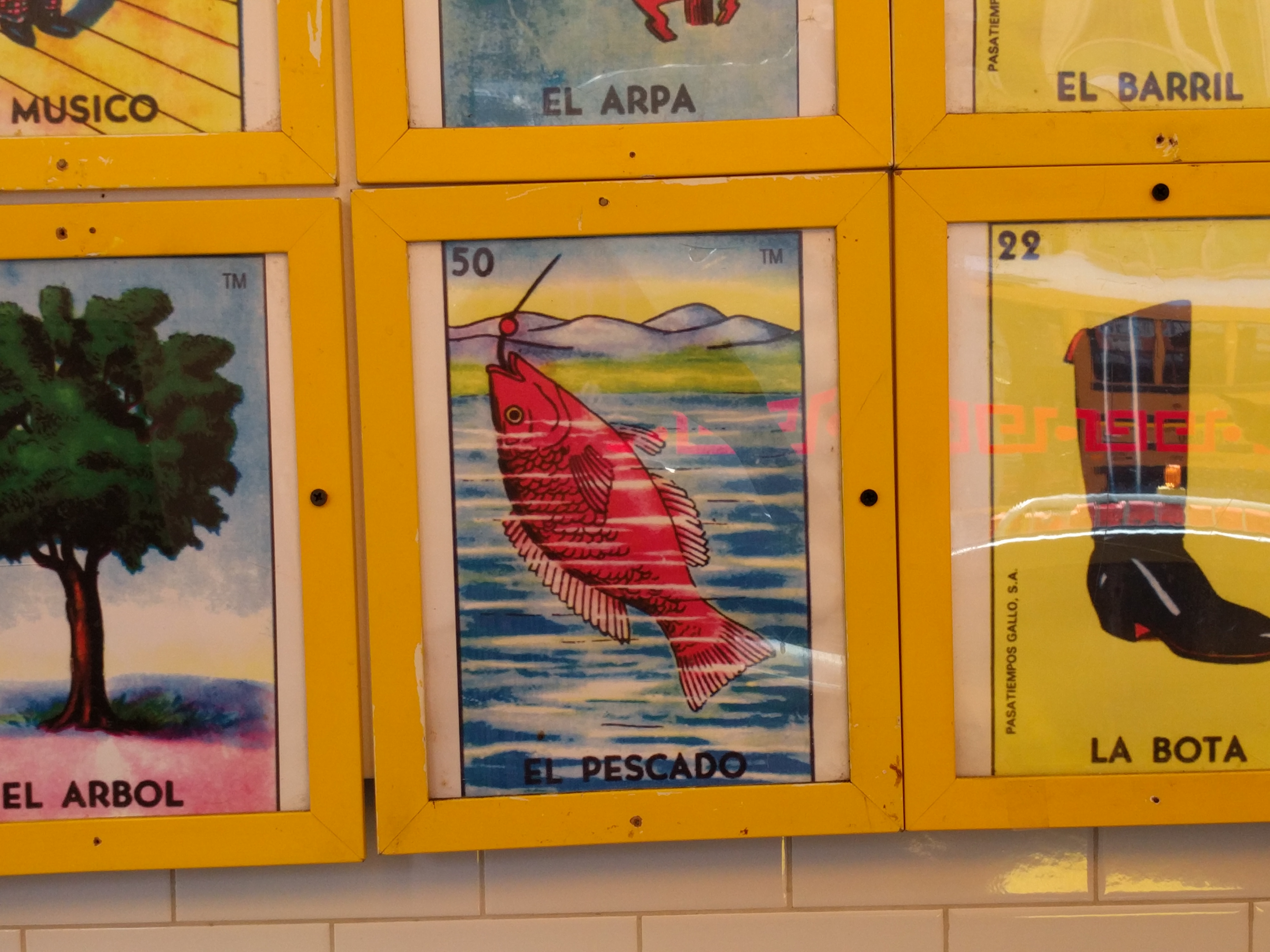Boy, does this sound like a boring topic for a blog post!
Au contraire, the Spanish verb desayunar ‘to eat breakfast,’ and likewise almorzar and cenar ‘to eat dinner/lunch,’ beautifully illustrates how subtle differences between languages can be problematic for a learner — or a teacher.
Spanish uses simple verbs like desayunar to talk about eating a meal, whereas English uses multi-word expressions like to eat breakfast or to have lunch. In linguistic terminology, we say that these meanings are “lexicalized” in Spanish whereas the equivalent English expressions are “periphrastic.” Spanish and English verbs can go the other way, too. For example, English has lexicalized the concept ‘drop’ as drop (duh), whereas Spanish uses the periphrastic expression dejar caer ‘to let fall.’
For the most part, the lexicalized Spanish meal verbs and their pheriphastic English counterparts work the same way. You can use them to say who eats a meal, where they eat, when they eat, and even how and why they eat, as in the following examples.
- Mi padre desayuna ‘My father eats breakfast’
- Almuerzo en la cafetería ‘I eat lunch in the cafeteria’
- Los españoles cenan muy tarde ‘Spaniards eat dinner late’
- Desayunas demasiado rápido porque tienes prisa ‘You eat breakfast too quickly because you are in a hurry’
However, Spanish and English differ in how they say what someone eats. Spanish meal verbs can have a food noun as a direct object, as in:
- Mi padre desayuna huevos [eggs].
- Almuerzo comida muy mala [bad food] en la cafetería.
In other words, these verbs can be transitive. However, the English expressions already have a direct object: breakfast in My father eats breakfast, lunch in I have lunch in the cafeteria, and so on. For this reason, when saying in English what someone eats at a meal, you can’t just add the food to the usual periphrastic verb phrase, as in:
- *My dad eats lunch bad food.
Instead you must say something like
- My dad eats bad food for lunch.
which substitutes bad food as a direct object in place of lunch, which then becomes part of the adverbial phrase for lunch.
The fact that Spanish meal verbs like desayunar can be transitive, but their periphrastic English counterparts cannot, is the kind of subtle linguistic difference that challenges both students and teachers of Spanish. A native English speaker can learn the Spanish verbs desayunar, almorzar, and cenar and use them happily for years, but then freak out when they hear a sentence like Nunca almuerzo sopa, or try to understand and answer a question like ¿Qué cenas? These are genuinely difficult for a native English speaker to process. At the same time, a native Spanish-speaking teacher will most likely not realize that this aspect of Spanish is difficult for their English-speaking students.
I have been on both sides of this conundrum. I had been speaking Spanish for decades before I ever heard a transitive use of these meal verbs. In my own speaking I would use English-style syntax in statements like Como huevos en el desayuno ‘I eat eggs for breakfast’ or in questions like ¿Qué comes en el almuerzo? ‘What do you eat for lunch?’ I only became aware of the transitive uses of these verbs when teaching Spanish alongside native speakers who included them in class materials and even tests. While my first reaction was to shelter my students from these odd-sounding statements and questions, I then realized that it’s my responsibility as a teacher to point them out to my students as an interesting difference from English, and to practice the transitive uses with my students until they feel more or less natural, or at least until the students can interpret them correctly.
I enjoy teaching Spanish partly because I enjoy working with college students, partly because I love Spanish, and mostly because I believe everyone should strive be bilingual. Discovering new aspects of the language and its differences from English is intellectual icing on the pedagogical cake. A similar example for me was the Spanish preposition en, which can mean ‘in,’ ‘on,’ and ‘at.’ I was never aware of the broad semantic scope of this preposition until I had to correct students who said things like *Estoy a la playa ‘I am to the beach’ instead of Estoy en la playa ‘I am at the beach.’
As an etymological coda, the three Spanish meal verbs are the product of two different evolutionary paths: a kind of chicken/egg situation, with nouns as the chickens and verbs as the eggs (or the other way around). According to my trusty Spanish etymological dictionary, almorzar and cenar are derived from the nouns almuerzo ‘lunch’ and cena ‘dinner,’ whereas desayunar is derived from the verb ayunar ‘to fast.’ Its corresponding noun (desayuno) was coined from the verb desayunar more than two hundred years later.


 Stay tuned for my next fish post, four years from now.
Stay tuned for my next fish post, four years from now.
/iStock-515853918-sangria-585043603df78c491ead80bd.jpg)
